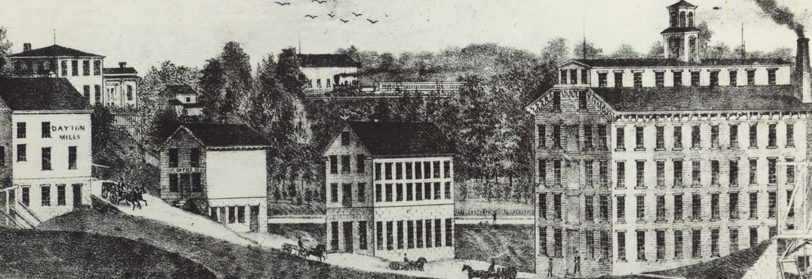The second and third winters we were here we had about two feet of snow, which lay on the ground most of the winter, and drifted badly and crusted over so that we could ride over fences without difficulty, and prairie chickens were so plentiful and tame that on a frosty morning, they would sit on trees so near our cabin that Father stood in the door and shot them, until some of the men said he must stop before he shot away all of our ammunition, and leave none to shoot deer and turkeys. Our first winter here Brother David and myself trapped rising three hundred chickens, besides a large quantity of quail. After eating all we could, Mother merely saved their breasts salted and smoked them.
In those days wild bees were quite plentiful, and could be found in winter on the snow where dead bees were thrown out. In the absence of snow our best bee hunters would bait them at different points of the compass, and time them in their flight and thus locate the tree near enough to find it
from Jesse Green’s memoir, written in 1895
Greater prairie chicken tympanuchus cupido by Menke Dave, U.S. Fish and Wildlife Service



